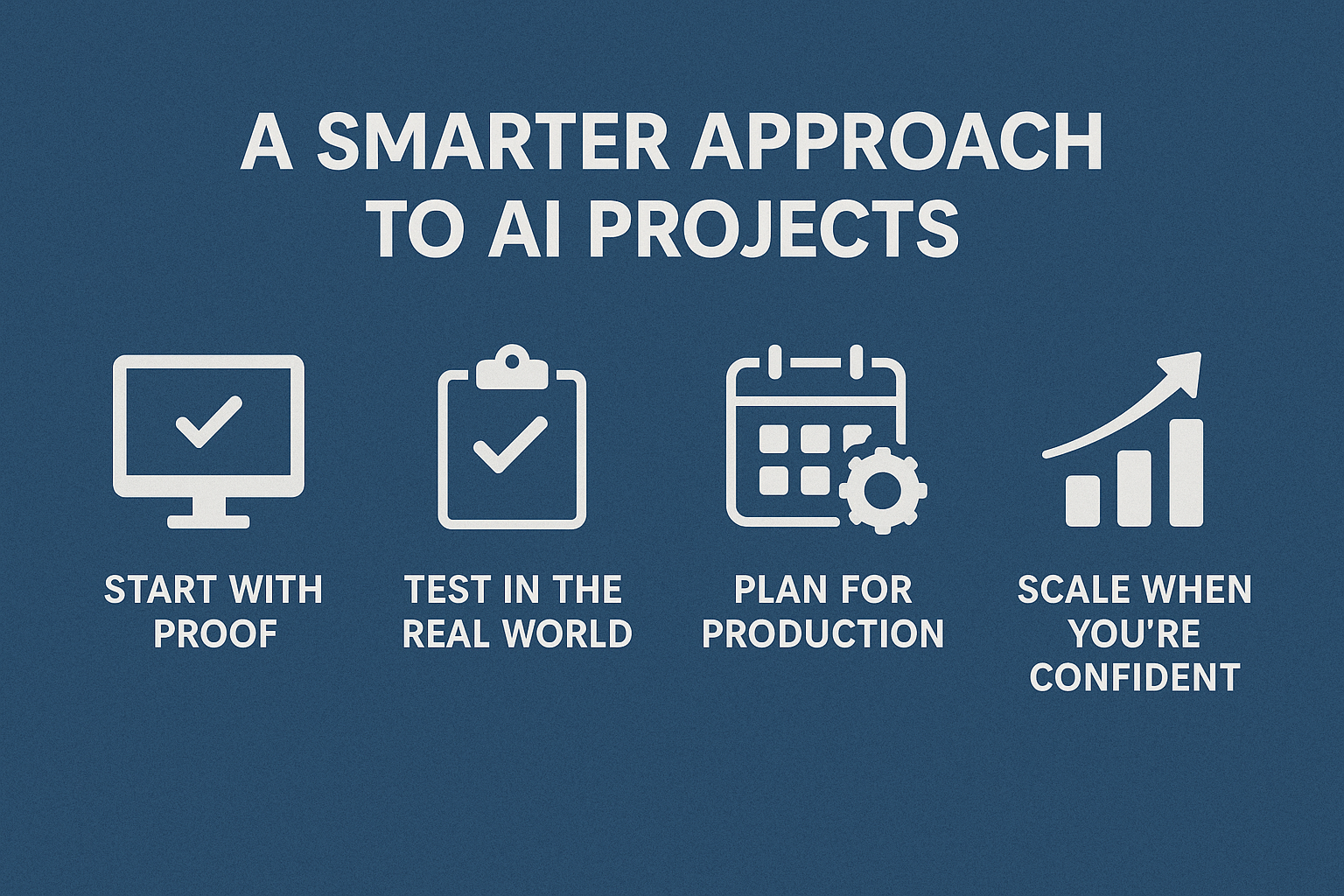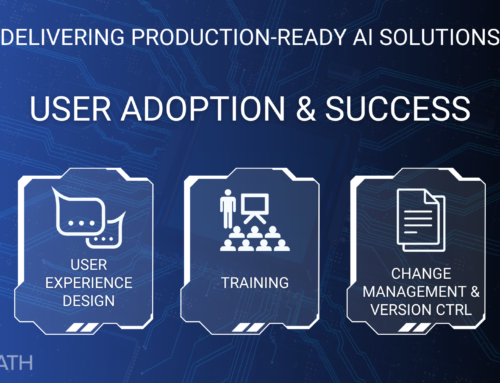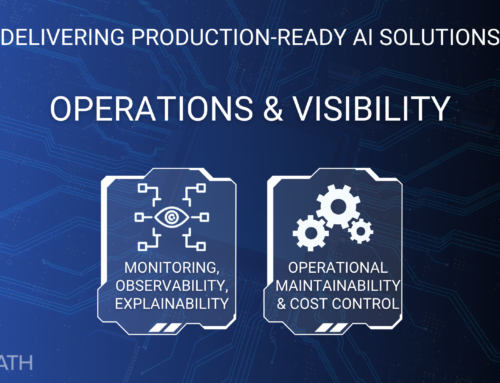Most AI projects fail because companies jump straight into building massive systems without knowing if they'll actually solve the problem. It's like commissioning a custom house without first checking if the foundation will hold.
We take a different approach that lets you see real results in days, not months.
Start Small, Think Big
Instead of betting your budget on an untested idea, we build a working demonstration first. Think of it as a test drive for your AI solution.
This initial version (what we call a "proof of concept") shows you exactly how AI will handle your specific business challenge. You'll see it process your actual data, tackle your real problems, and deliver the kind of results you're hoping for. No theoretical presentations or abstract promises. Just a functioning system you can interact with and evaluate.
The entire process typically takes days, not quarters. You invest a fraction of what a full system would cost, but you get concrete evidence of what's possible.
From Demo to Reality
Once you've seen the proof of concept in action and decided to move forward, we build what's essentially a "beta version" of your AI system. This pilot application handles real work on a smaller scale, like running one department's processes instead of the entire company's operations.
The pilot phase serves two purposes: it proves the system can handle real-world conditions with all their messy complications, and it gives your team time to learn how to work with the new tool. You're not just testing the technology. Instead, you're testing how it fits into your actual workflow.
Scale When You're Ready
Only after the pilot proves its worth do we build the full production system. By this point, you've already seen measurable results. You know the AI works with your data, your team understands how to use it, and you have concrete metrics showing the business impact.
This approach eliminates the biggest risk in AI projects: spending months and significant resources building something that doesn't deliver the promised value.
Planning for Production from Day One
Here's where many AI projects fail: companies get excited about their proof of concept results, build a pilot that works well, then watch their project die in committee meetings. Research shows most AI solutions never make it past the pilot stage, not because they don't work, but because no one planned for what success would look like.
We tackle this problem from the beginning by establishing clear success metrics before we write the first line of code. These aren't vague goals like "improve efficiency". They're specific, measurable targets that everyone agrees will justify moving to full production.
For example, if we're building an AI system to process customer support tickets, we might set metrics like "reduce average response time by 40%" or "handle 70% of routine inquiries automatically while maintaining customer satisfaction scores above 4.2 out of 5." These numbers become our North Star throughout development.
We also map out the production requirements during the proof of concept phase. What infrastructure will the full system need? Who will maintain it? How will it integrate with existing systems? What training will staff require? By answering these questions early, we prevent the "it works great, but now what?" problem that kills so many promising projects.
Most importantly, we identify the internal champion who will advocate for the project's move to production. This person understands both the technical capabilities and the business case, and they're positioned to navigate the organizational hurdles that inevitably arise.
Why This Matters for Your Bottom Line
Traditional software development often requires major upfront investments based on hope and vendor promises. You write big checks early and cross your fingers that the final product will deliver.
Our staged approach flips that dynamic. You see results before making major commitments. Each phase builds confidence and demonstrates value before you invest in the next level.
The proof of concept answers the fundamental question: "Will AI actually solve this problem for us?" The pilot answers: "Can this work in our real environment?" Only then do you invest in full-scale deployment.
The Strategic Advantage
This method also gives you something many companies lack: the ability to make data-driven decisions about AI investments. Instead of relying on vendor presentations or industry case studies, you have your own evidence of what works.
You can show your board exactly what they're funding. You can demonstrate ROI before requesting the budget for full implementation. And if the proof of concept reveals that AI isn't the right solution for this particular problem, you've learned that lesson at a fraction of the cost.
The companies winning with AI aren't necessarily the ones with the biggest budgets or the most advanced technology. They're the ones making smart, measured investments based on proven results rather than promising theories.





